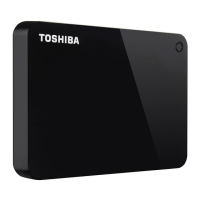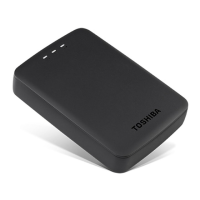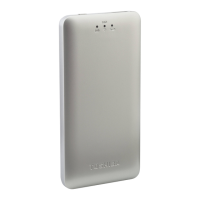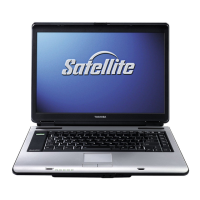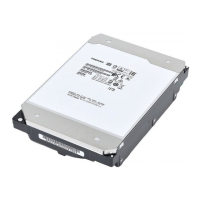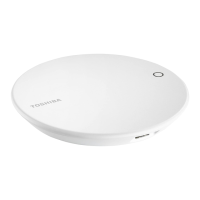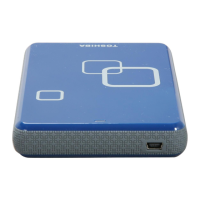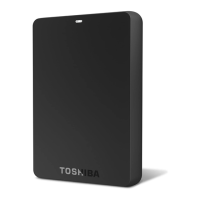Do you have a question about the Toshiba A100 and is the answer not in the manual?
Details the hardware components included with the computer for initial setup and verification.
Highlights the computer's advanced technologies and benefits, including processor and memory details.
Lists available optional devices to enhance computer capabilities, such as memory and accessories.
Identifies external components on the computer's front when the display is closed.
Details the ports and features located on the left side of the computer.
Identifies ports and controls on the right side of the computer, including USB and security lock.
Explains the meaning of system indicators (LEDs) for power, battery, and disk activity.
Provides step-by-step instructions for connecting the AC adaptor for power and battery charging.
Guides the user on how to power on the computer for the first time.
Explains the different modes (Shut Down, Hibernation, Sleep) for turning off the computer.
Details how to operate the touch pad for pointer control and selection functions.
Explains how to use DVD-ROM, CD-RW/DVD-ROM, and DVD Super Multi drives.
Provides tips for protecting CD/DVDs and diskettes to ensure data integrity and longevity.
Describes the standard alphanumeric and punctuation keys on the computer keyboard.
Explains keyboard shortcuts (Fn key combinations) for system functions like display and power.
Details how to use the integrated numeric keypad overlay for data input and cursor control.
Explains how AC adaptor connection and battery status affect computer operation.
Describes the different types of batteries used in the computer and their functions.
Provides instructions for safely removing and installing battery packs.
Explains how to use the TOSHIBA HW Setup program to configure computer settings.
Details how to set, reset, or delete user and supervisor passwords for system security.
Describes how to set the boot device priority for starting the computer.
Explains how to install and remove PC cards for expanding computer functionality.
Guides on installing additional memory modules to increase the computer's RAM.
Details how to connect and use an external monitor with the computer.
Provides guidelines and steps for diagnosing and resolving computer issues effectively.
Lists common hardware issues and checks to identify the cause of system problems.
Troubleshooting steps for common battery-related problems and charging issues.
Explains factors that may affect CPU performance variations from specifications.
Discusses factors influencing battery life and expected performance over time.
Clarifies differences in reported storage capacity between operating systems and drive manufacturers.
Provides the physical size specifications of the computer.
Details the operating and non-operating temperature and humidity ranges.
Explains the function of the display controller and its support for video standards.
Lists supported video modes, including resolution, color depth, and refresh rates.
Describes the modem's capability and transmission speeds using V.90/V.92 technology.
Lists and explains AT commands related to V.90 modem line rate settings.
Details the technical specifications for Wireless LAN cards, including compatibility and data rates.
Explains how country, product type, and environment affect wireless LAN range and performance.
Lists certification agencies for AC power cords in various regions and countries.
Provides information on what to do if the computer is stolen and how to report it.
Lists common abbreviations used in the manual, with their definitions.
Explains the meaning of icons used to identify ports and components.
Warns about potential heat-related injuries from prolonged contact with the computer.
Advises against applying excessive pressure or impact to prevent component damage.
| Type | HDD |
|---|---|
| RPM | 5400 RPM |
| Cache | 8MB |
| Interface | SATA |
| Form Factor | 2.5-inch |
| Dimensions | 9.5mm x 69.85mm x 100.0mm |
| Category | Storage |

